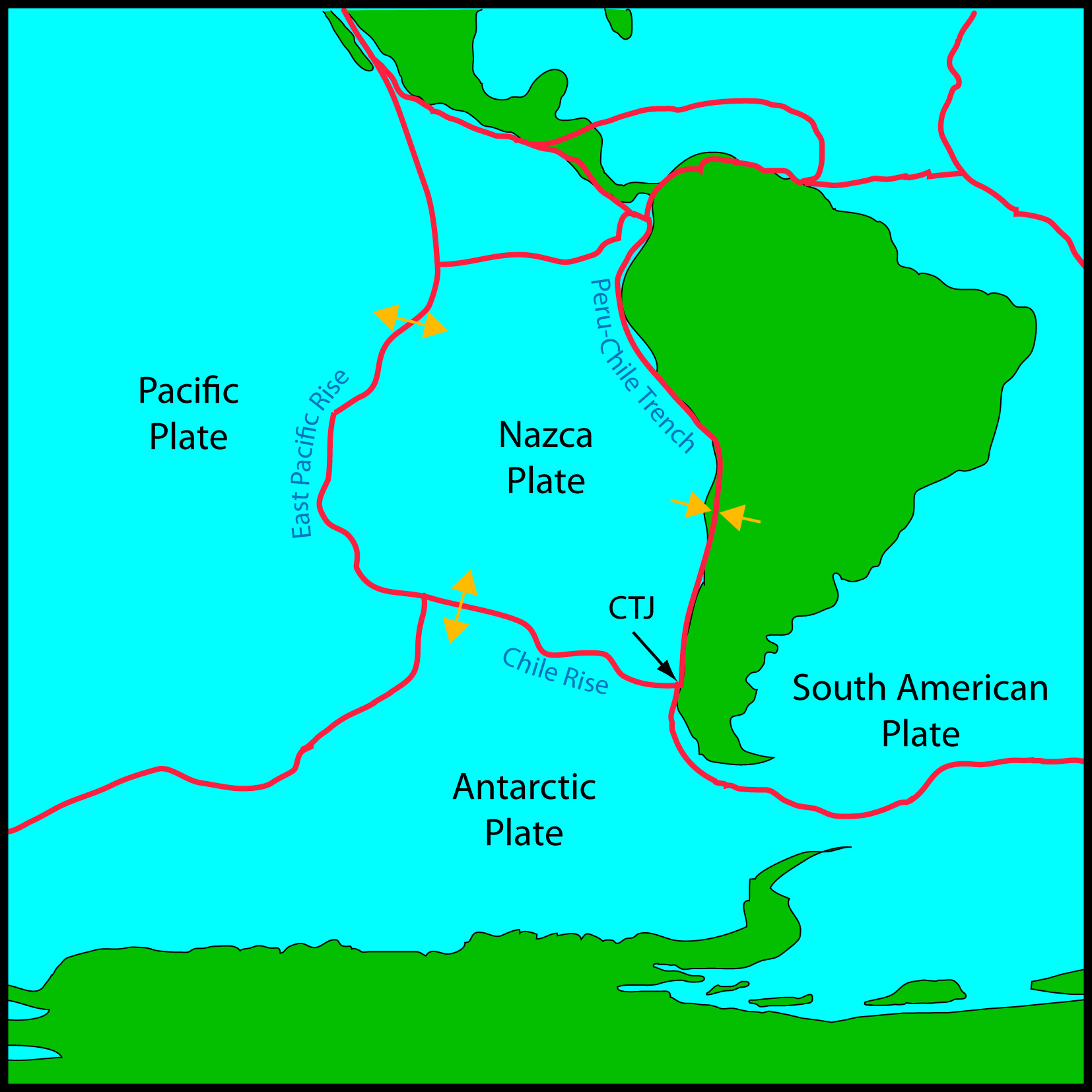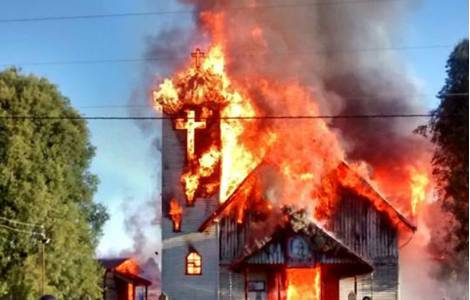|
Queule
Queule is a Chilean town in the commune of Toltén in Cautín Province, Araucanía Region. It is located just north of Mehuín and close to the border of Araucanía Region with Los Ríos Region. Days after the 1960 Valdivia earthquake and tsunami a police officer stationed in Queule reported hundreds of people from Quele to be dead or missing. Historians Yoselin Jaramillo and Ismael Basso report that people in Queule decades later know about 50 people to have died because of the earthquake and tsunami. See also * List of towns in Chile This article contains a list of towns in Chile. A town is defined by Chile's National Statistics Institute (INE) as an urban entity possessing between 2,001 and 5,000 inhabitants—or between 1,001 and 2,000 inhabitants if 50% or more of its po ... References Populated places in Cautín Province Coasts of Araucanía Region {{Araucanía-geo-stub ... [...More Info...] [...Related Items...] OR: [Wikipedia] [Google] [Baidu] |
1960 Valdivia Earthquake
The 1960 Valdivia earthquake and tsunami () or the Great Chilean earthquake (''Gran terremoto de Chile'') occurred on 22 May 1960. Most studies have placed it at 9.5–9.6 on the moment magnitude scale, while some studies have placed the magnitude lower than 9.4, making it the most powerful earthquake ever recorded. It occurred in the afternoon (19:11:14 GMT, 15:11:14 local time), and lasted 10 minutes. The resulting tsunamis affected southern Chile, Hawaii, Japan, the Philippines, eastern New Zealand, southeast Australia, and the Aleutian Islands. The epicenter of this megathrust earthquake was near Lumaco, approximately south of Santiago, with Valdivia being the most affected city. The tremor caused localised tsunamis that severely battered the Chilean coast, with waves up to . The main tsunami traveled across the Pacific Ocean and devastated Hilo, Hawaii, where waves as high as were recorded over from the epicenter. The death toll and monetary losses arising from this ... [...More Info...] [...Related Items...] OR: [Wikipedia] [Google] [Baidu] |
Toltén
Toltén is a Chilean commune located at the lower flows Toltén River at the southern coast of Cautín Province which is part of Araucanía Region. The commune is administered by the municipality Nueva Toltén, the main harbour and town within the commune. Demographics According to the 2002 census of the National Statistics Institute, Toltén spans an area of and has 11,216 inhabitants (5,827 men and 5,389 women). Of these, 4,123 (36.8%) lived in urban areas and 7,093 (63.2%) in rural areas. The population fell by 7% (845 persons) between the 1992 and 2002 censuses. The main settlements are Nueva Toltén, Queule, Villa Los Boldos and Los Pinos. Administration As a commune, Toltén is a third-level administrative division of Chile administered by a municipal council, headed by an alcalde who is directly elected every four years. The 2008–2012 alcalde is Rafael García Ferlice ( UDI). Within the electoral divisions of Chile, Toltén is represented in the Chamber of Deput ... [...More Info...] [...Related Items...] OR: [Wikipedia] [Google] [Baidu] |
Mehuín
Mehuín is a Chilean town and harbour, located on the shores of the Pacific Ocean at the mouth of Lingue River. Administratively it belongs to the San José de la Mariquina commune in Valdivia Province of Los Ríos Region. The town is located a few kilometers south of the town of Queule and very close to the border between Los Ríos Region and Araucanía Region The Araucanía ( ), La Araucanía Region ( ) is one of Chile's 16 first-order administrative divisions, and comprises two provinces: Malleco in the north and Cautín in the south. Its capital and largest city is Temuco; other important cities .... References Ports and harbours of Chile Populated places in Valdivia Province Coasts of Los Ríos Region {{LosRíos-geo-stub ... [...More Info...] [...Related Items...] OR: [Wikipedia] [Google] [Baidu] |
List Of Towns In Chile
This article contains a list of towns in Chile. A town is defined by Chile's National Statistics Institute (INE) as an urban entity possessing between 2,001 and 5,000 inhabitants—or between 1,001 and 2,000 inhabitants if 50% or more of its population is economically active in secondary and/or tertiary activities. This list is based on a June 2005 report by the INE based on the 2002 census, which registered 274 towns across the country, however only 269 of them are shown here. (The higher number is based on the number given in the regional summary provided by the INE report. The lower number is based on a manual count of the report. The discrepancies are found in the Valparaíso Region (report: 31 / manual count: 28), the O'Higgins Region (report: 39 / manual count: 38) and the Los Ríos and Los Lagos Region combined (report: 31 / manual count: 30).) [...More Info...] [...Related Items...] OR: [Wikipedia] [Google] [Baidu] |
Flag Of Chile
The flag of Chile consists of two equal-height horizontal bands of white and red, with a blue square the same height as the white band in the canton (flag), canton, which bears a white five-pointed star in its center. It was adopted on 18 October 1817. The Chilean flag is also known in Spanish as ''La Estrella Solitaria'' (''The Lone Star''). It has a 3:2 ratio between length and width, it is divided horizontally into two bands of equal height (the lower being red). The upper area is divided once: into a square (blue), with a single centered white star; and into a rectangle (white), whose lengths are in proportion 1:2. It is in the Flag families#Stars and Stripes, stars and stripes flag family. The star represents Venus, significant to the country's indigenous Mapuches, symbolizing a guide to progress and honor while other interpretations say it refers to an independent state; blue symbolizes the sky and the Pacific Ocean, white is for the snow-covered Andes, and red stands fo ... [...More Info...] [...Related Items...] OR: [Wikipedia] [Google] [Baidu] |
Chile
Chile, officially the Republic of Chile, is a country in western South America. It is the southernmost country in the world and the closest to Antarctica, stretching along a narrow strip of land between the Andes, Andes Mountains and the Pacific Ocean. Chile had a population of 17.5 million as of the latest census in 2017 and has a territorial area of , sharing borders with Peru to the north, Bolivia to the northeast, Argentina to the east, and the Drake Passage to the south. The country also controls several Pacific islands, including Juan Fernández Islands, Juan Fernández, Isla Salas y Gómez, Desventuradas Islands, Desventuradas, and Easter Island, and claims about of Antarctica as the Chilean Antarctic Territory. The capital and largest city of Chile is Santiago, and the national language is Spanish language, Spanish. Conquest of Chile, Spain conquered and colonized the region in the mid-16th century, replacing Incas in Central Chile, Inca rule; however, they Arauco War ... [...More Info...] [...Related Items...] OR: [Wikipedia] [Google] [Baidu] |
Araucanía Region
The Araucanía ( ), La Araucanía Region ( ) is one of Chile's 16 first-order administrative divisions, and comprises two provinces: Malleco in the north and Cautín in the south. Its capital and largest city is Temuco; other important cities include Angol and Villarrica. Chile did not incorporate the lands of the Araucanía Region until the 1880s, when it occupied the area to end resistance by the indigenous Mapuche by both military and political means. This opened up the area for Chilean and European immigration and settlement. In the 1900–1930 period, the population of Araucanía grew considerably, as did the economy despite recessions striking the rest of Chile. Araucanía became one of the principal agricultural districts of Chile, gaining the nickname of " granary of Chile". The administrative Araucanía Region was established in 1974, in what was the core of the larger historic region of Araucanía. In the 21st century, Araucanía is Chile's poorest region in t ... [...More Info...] [...Related Items...] OR: [Wikipedia] [Google] [Baidu] |
Cautín Province
Cautín Province () is one of two Provinces of Chile, provinces in the southern Chilean Regions of Chile, region of La Araucanía Region, La Araucanía (IX), bounded on the north by Arauco Province, Arauco and Malleco Province, Malleco provinces, on the east by Argentina, on the south by Valdivia Province, and on the west by the Pacific Ocean. Its population at the 2012 census was of 692,582. The most important Communes of Chile, communes are Temuco, Villarrica, Chile, Villarrica, Padre Las Casas, Chile, Padre Las Casas, and Nueva Imperial. Cattle, forestry, and agriculture make up most of Cautin's economy. Its climate is humid, rainy in winter, and generally warm in summer. History Cautin province once formed part of the territory occupied by the Araucanía (historic region), Araucanian natives, and its present political existence dates from 1887. Cautín Province was the last area to be taken by Chile during the occupation of the Araucanía. Cautin is known for the Cautin Agraria ... [...More Info...] [...Related Items...] OR: [Wikipedia] [Google] [Baidu] |
Los Ríos Region
The Los Ríos Region (Spanish: ''Región de Los Ríos'', , ''Region of the Rivers'') is one of Chile's 16 regions, the country's first-order administrative divisions. Its capital is Valdivia. It began to operate as a region on October 2, 2007, having been created by subdividing the Los Lagos Region in southern Chile. It consists of two provinces: Valdivia and the newly created Ranco Province, which was formerly part of Valdivia Province. Economy The region's economy is based on forestry, cattle farming, tourism, manufacturing, and services. Key industries include the Valdivia Pulp Mill, Valdivia's shipyards, and the dairy facilities located in La Unión. The population of the region was 380,181 according to the 2017 census. Approximately half of the population lives in the commune of Valdivia. Government and administration The capital of Los Rios Region is Valdivia. The region's 12 communes are distributed between 2 provinces. These are: :* Valdivia Province: Incl ... [...More Info...] [...Related Items...] OR: [Wikipedia] [Google] [Baidu] |
Populated Places In Cautín Province
Population is a set of humans or other organisms in a given region or area. Governments conduct a census to quantify the resident population size within a given jurisdiction. The term is also applied to non-human animals, microorganisms, and plants, and has specific uses within such fields as ecology and genetics. Etymology The word ''population'' is derived from the Late Latin ''populatio'' (a people, a multitude), which itself is derived from the Latin word ''populus'' (a people). Use of the term Social sciences In sociology and population geography, population refers to a group of human beings with some predefined feature in common, such as location, race, ethnicity, nationality, or religion. Ecology In ecology, a population is a group of organisms of the same species which inhabit the same geographical area and are capable of interbreeding. The area of a sexual population is the area where interbreeding is possible between any opposite-sex pair within the area ... [...More Info...] [...Related Items...] OR: [Wikipedia] [Google] [Baidu] |


